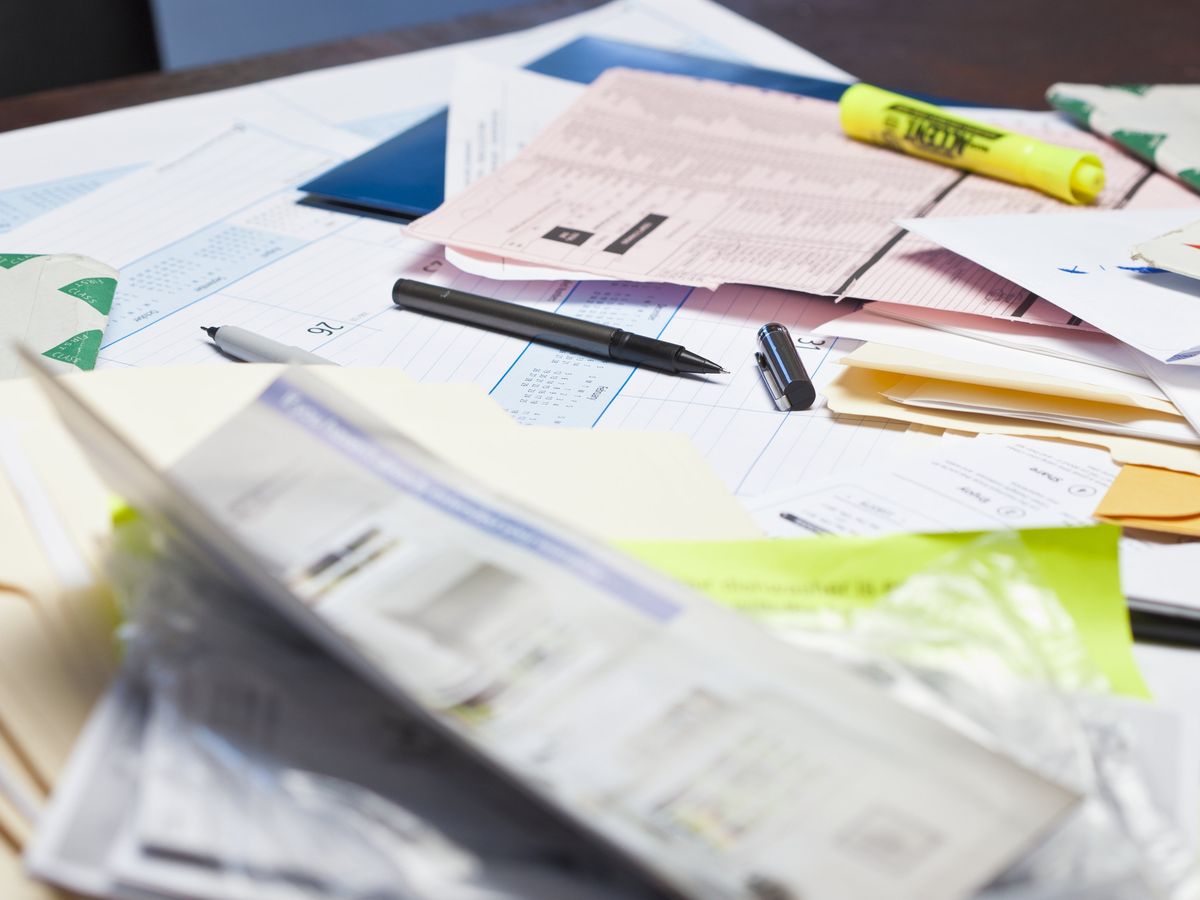
How to Reduce Paper Clutter
Paper is one of those household items that seems to multiply overnight. If you’re overwhelmed with piles of paper, it’s time to reduce your paper clutter. Here are five ways you can get control over your paper clutter.
#1 Sort Your Piles
Go through every stack of paperwork you have and start sorting things out. Try to handle each piece of paper only once. Here’s a simple formula to use:
- Trash the items you have no need for. This would include magazines you’ve read, junk mail, grocery receipts, old to-do lists, and anything else you don’t need. If you recycle have a bin or box available to put all of the recycle material in (remember to tear off address labels or other pertinent information prior to putting it into the recycle bin)
- Create an inbox (or even a shoebox) where you can put mail that belongs to your children or maybe another family member. It is their responsibility to handle their mail, not your responsibility.
- Set aside anything that requires action on your part. Then you can schedule time for you to handle the action. This may be paying a bill, sending a card or making a phone call to check up on something. If needed, schedule a time to follow-up.
- File anything that you need to keep. If needed, merge and create new files to keep your filing system current and active.
After the initial sort, you may find your paper clutter is drastically reduced. To keep it from growing again, you need to do a few things.
#2 Deal with Incoming Paper Every Day
When you go out and get the mail, deal with it immediately. If it’s junk mail, put it in the recycling bin. Put incoming bills in a designated spot. When you get a new magazine, recycle the old one. Give mail to the appropriate person to handle.
If your children bring home permission slips, report cards, drawings, and other school items, deal with them immediately. Sign the permission slip and put it in the backpack. File the report card. Keep drawings in a special box.
#3 Go Paperless When Possible
Most financial institutions offer you the chance to opt for a paperless statement and documentation. Some, in fact, will charge you a fee if you keep getting paper copies. Choose for paperless delivery. It will reduce the paper clutter coming in.
Do the same thing with bills and other items that you receive through the mail. If there’s a paper option, use it.
#4 Scan and Shred
For items that you can’t go paperless with, use a scanner to make a copy. File it digitally, then put it in the garbage. Sensitive information like bank statements or financial documents should go through a shredder.
#5 Know What You Have to Keep in Paper Form
Some paperwork should be kept for a certain number of years in case of problems. Get to know what documents you need to keep and for how long. For example, many financial advisors and accountants recommend saving up to 7 years of tax returns and related documentation.
For personal bank statements and utility bills, keep up to one year’s worth. These can usually be kept digitally, so scan and shred.
If you are overwhelmed and don’t know where to start, contact Organization Direct today. We can help you decide what to keep and get it filed away.

0 comments